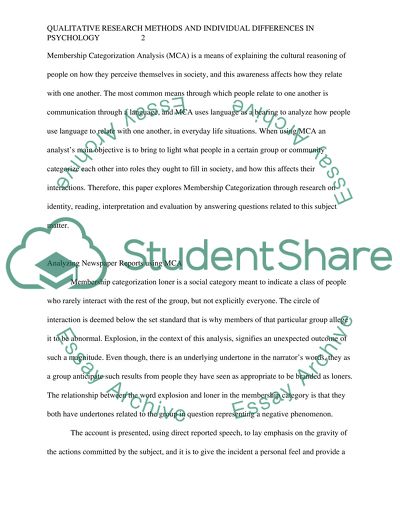Cite this document
(“Qualitative Research Methods and Individual Differences in Psychology Essay”, n.d.)
Retrieved from https://studentshare.org/psychology/1468567-qualitative-research-methods-and-individual
Retrieved from https://studentshare.org/psychology/1468567-qualitative-research-methods-and-individual
(Qualitative Research Methods and Individual Differences in Psychology Essay)
https://studentshare.org/psychology/1468567-qualitative-research-methods-and-individual.
https://studentshare.org/psychology/1468567-qualitative-research-methods-and-individual.
“Qualitative Research Methods and Individual Differences in Psychology Essay”, n.d. https://studentshare.org/psychology/1468567-qualitative-research-methods-and-individual.


